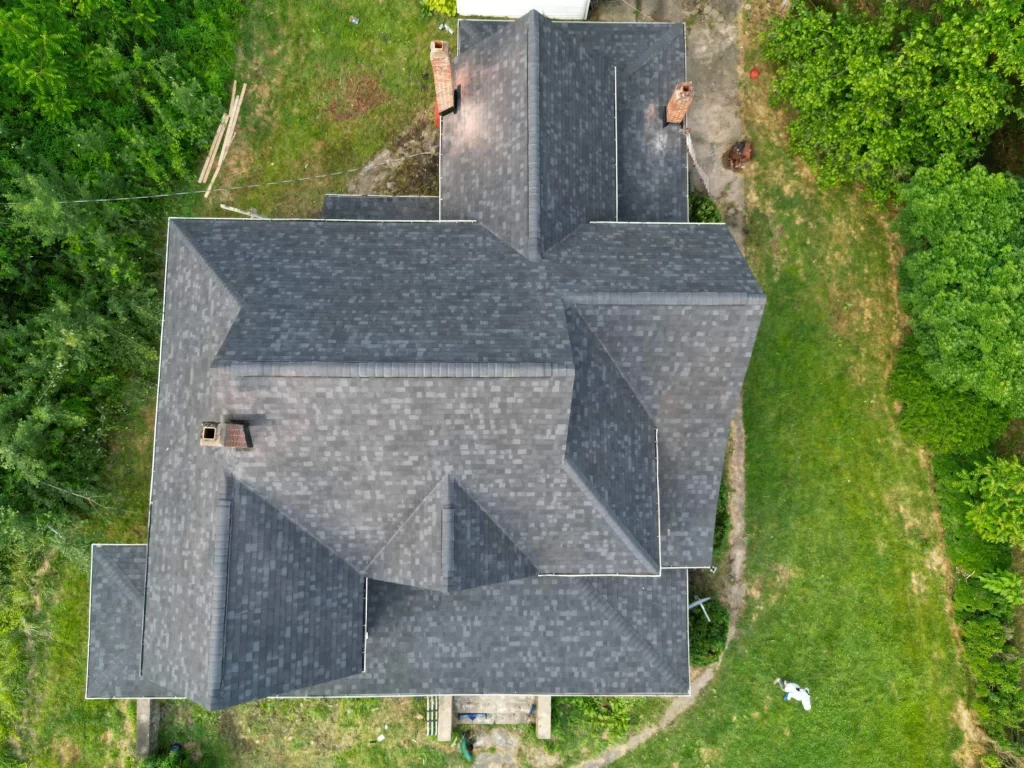When it comes to safeguarding your home, one of the most crucial elements is your roof. It not only protects your property from the elements but also contributes significantly to its overall aesthetic and energy efficiency. Whether you’re building a new home or considering a roof replacement, understanding your options can make a world of difference. Here’s everything you need to know to ensure you make the best choice for your roof.
Understanding Your Roofing Options
When it comes to roofing materials, there’s no one-size-fits-all solution. Different materials offer various benefits, and the best choice often depends on your specific needs, budget, and style preferences. Here’s a quick rundown of popular roofing materials:
- Asphalt Shingles: These are the most common roofing material in the U.S. due to their affordability and ease of installation. They come in a variety of colors and styles and can last anywhere from 15 to 30 years.
- Metal Roofing: Known for its durability and energy efficiency, metal roofing can last 40 to 70 years. It’s available in various styles, including shingles, panels, and tiles, and can be made from materials like steel, aluminum, or copper.
- Clay and Concrete Tiles: These tiles offer a distinct, traditional look and can last over 50 years. They’re excellent for hot climates as they help keep homes cooler but can be heavy and require a strong roof structure.
- Wood Shingles and Shakes: Wood roofing offers a natural, rustic look and can last 20 to 30 years. However, it requires regular maintenance and treatment to prevent issues like rot and insect damage.
- Slate Roofing: Slate is incredibly durable and can last over a century. It’s a high-end option that provides a timeless, elegant appearance but can be quite expensive.
Consider Your Climate
Your local climate plays a significant role in determining the best roofing material for your home. For instance, in areas with heavy snowfall or rain, a roof with good drainage and resistance to water damage is essential. Metal roofs, with their smooth surfaces and resistance to ice dams, are a popular choice in such regions.
Conversely, in hotter climates, materials like clay or concrete tiles can help keep your home cooler by reflecting sunlight and reducing heat absorption. Asphalt shingles can also be treated to improve their performance in hot conditions.
Budget and Long-Term Costs
When choosing a roofing material, it’s important to consider both the initial cost and the long-term value. While some materials like slate or metal may have a higher upfront cost, their durability and low maintenance requirements can result in cost savings over time.
On the other hand, asphalt shingles are more budget-friendly initially but may need to be replaced sooner than other materials. Make sure to factor in potential maintenance costs and the lifespan of the roofing material when making your decision.
Energy Efficiency
An energy-efficient roof can help reduce your home’s heating and cooling costs. Reflective roofing materials, such as certain types of metal or cool asphalt shingles, can help reduce heat absorption, keeping your home cooler in the summer and potentially lowering your energy bills.
Additionally, some roofing materials can be paired with insulation or ventilation systems to enhance their energy efficiency. Consult with a roofing professional to determine the best combination for your home’s needs.
Aesthetic Appeal
Your roof is a significant part of your home’s exterior appearance, so choose a style and color that complements your architectural design and personal taste. Whether you prefer the sleek look of metal, the classic charm of clay tiles, or the versatility of asphalt shingles, there’s a roofing option to match every style.
Professional Installation Matters
No matter how great your chosen roofing material is, its performance and longevity heavily depend on proper installation. Always hire a licensed and experienced roofing contractor who can ensure that your roof is installed correctly and in compliance with local building codes.
A reputable roofing company will also provide a warranty for their work, giving you peace of mind that any issues will be addressed promptly. Be sure to ask about their experience, licensing, and references before making a decision.
Regular Maintenance and Inspections
Once your new roof is installed, regular maintenance is key to ensuring its longevity. Schedule periodic inspections to check for any damage or wear and tear. Clean gutters regularly to prevent water damage and address any issues promptly to avoid more extensive repairs down the road.
Conclusion
Choosing the right roof for your home involves careful consideration of materials, climate, budget, and aesthetic preferences. By understanding your options and working with a professional roofing company, you can ensure that your roof not only looks great but also performs well for years to come. If you’re ready to explore your roofing options or need a professional assessment, contact us today. Let’s work together to protect and enhance your home with a roof that’s perfect for you.

